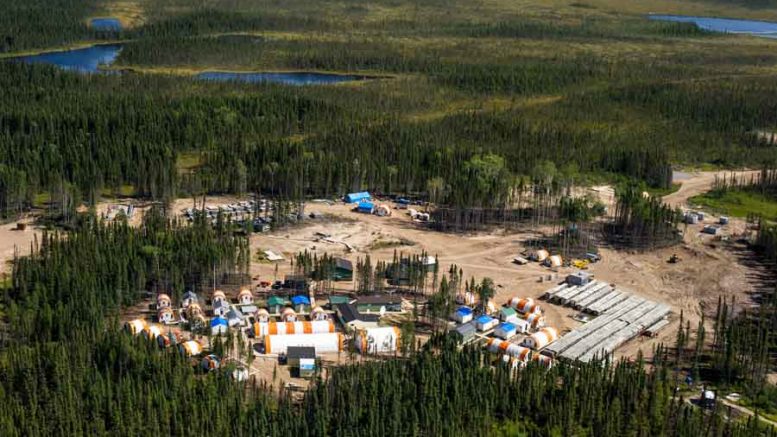Australian billionaire Andrew Forrest’s Wyloo Metals has completed the acquisition of Noront Resources almost a year after placing its initial offer to buy the company and edging out the world’s largest miner, BHP (NYSE: BHP; LSE: BHP; ASX: BHP), in a takeover battle that lasted for months.
Wyloo Metals acquired all of Noront’s common shares that it did not already own on Apr. 7, following a shareholder vote that approved the acquisition. Each former shareholder of Noront is entitled to receive a cash consideration of $1.10 per common share, as per the deal.
Following the acquisition, Wyloo Metals CEO Luca Giacovazzi said that the company was ready to “deliver a new world-class battery metals producer” in Ontario. “Today we take an important step in our long-term strategy to become a producer of metals needed for a cleaner future,” Giacovazzi said in a press release.
“We know this future can be realized by working together with our Indigenous communities and stakeholders. The Ring of Fire represents a transformative, multigenerational opportunity and we are committed to working closely with all stakeholders to create mutually beneficial industry and employment opportunities across the region,” he added.
As a result of the takeover, Wyloo now owns the Eagle’s Nest nickel and copper deposit in the Ring of Fire in northern Ontario, located 500 km northeast of Thunder Bay.
Wyloo has dubbed the Eagle’s Nest asset as one of the largest undeveloped, high-grade nickel sulphide deposits in the world. The project is expected to have an initial mine life of 11 years with a potential for 9 additional years.

The Eagle’s Nest nickel-copper-PGM project in northern Ontario’s Ring of Fire region. (Image courtesy of BHP.)
Ring of Fire infrastructure
Accessing the Ring of Fire, however, is a challenge as paved roads are at least 300 km away. As such, in 2017, Ontario committed to spend $1 billion for strategic transportation infrastructure development in the region and announced its plans to construct a year-round access road into the mining development site.
While some First Nations in northern Ontario support the move to develop mines and infrastructure in the region, others have concerns about the environmental impact of Ring of Fire development and are worried that the province may not pay heed to them.
Several First Nations including Neskantaga, Attawapiskat and Fort Albany declared a moratorium on Ring of Fire development in 2021.
At the same time there are three roads in the region with First Nations proponents that are in the environmental assessment stage – Marten Falls First Nation’s 200-km community access road; Webequie Nation’s 107-km supply road; and a 155-km road linking the two that both communities are advancing together.
Following the completion of Noront’s takeover, Ontario Premier Doug Ford at an unrelated event at the Algoma steel mill in northern Ontario on Apr. 8 said that the government was going to build the road with support of the First Nations community. “We are going to both hop on that bulldozer and build that road,” said Ford.
“Just keep in mind, up in the Ring of Fire as it grows… the hundreds of billions of dollars minerals up there, right now we are flying in diesel, that’s unbelievable, we are flying in food and fruit. This is going to change, the community is going to change… once we build that road,” he added.
Wyloo Metals said it will develop the Eagle’s Nest project as a net zero emissions mine, spend $100 million on Indigenous-led businesses and establish a training centre that can help provides jobs for indigenous and regional communities.
It aims to “investigate” the use of electric vehicles, wind power and ultramafic waste rock to capture and sequester carbon at site. Wyloo will also look to return the tailings underground as paste backfill and recycle water.
The project has proven and probable reserves of 11.1 million tonnes grading 1.68% nickel, 0.87% copper, 0.89 gram platinum per tonne and 3.09 grams palladium. Inferred resources add 8.9 million tonnes grading 1.10% nickel, 1.14% copper, 1.16 grams platinum per tonne and 3.49 grams palladium.


Be the first to comment on "Wyloo targets net-zero mine, world-class battery production after Noront takeover "